Sheffield's Graves Gallery will undergo its biggest refurbishment in years before reopening – here's what is planned
and live on Freeview channel 276
The gallery, on the top floor of the Grade II-listed Central Library building, is to undergo a six-month overhaul before it reopens in late spring 2021 – this will involve the walls being re-cladded in three of the main galleries, a redecoration of the exhibition spaces, and a complete changeover of a third of the artworks on display.
Money will also be used to carry out conservation on Sheffield’s large art collection, as well as to facilitate outreach work and fresh commissions.
Advertisement
Hide AdAdvertisement
Hide AdThe project is being funded by a £455,000 grant from The Ampersand Foundation, a charitable trust set up in 2011 by art collector Jack Kirkland, chairman of the Derbyshire construction company Bowmer & Kirkland. The sum is the foundation’s biggest grant to date.
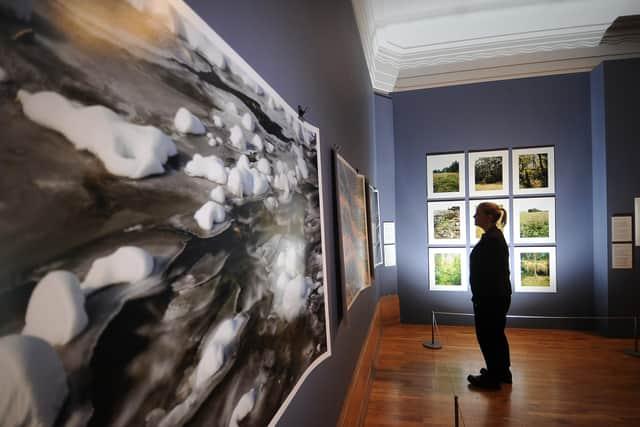

It comes after the Central Library, built in the Art Deco style in the 1930s, was earmarked by its owners Sheffield Council for a £9 million scheme to fix a backlog of repairs, including performing structural maintenance and mending the heating system. The plan emerged in March, just over a month after Kim Streets, CEO of the gallery’s operator Museums Sheffield, told The Star time was running out to keep the place in a functioning state.
Opened in 1934 and named after its benefactor, the mail order magnate John George Graves, the gallery features works by the likes of JMW Turner, Cezanne, Bridget Riley and Grayson Perry.
Unlike Museums Sheffield’s other sites, Weston Park Museum and the Millennium Gallery, the Graves venue did not reopen when restrictions were eased earlier this year as the library building was kept closed to the public, apart from a ‘click and collect’ book service.
Advertisement
Hide AdAdvertisement
Hide AdIts return will be one of the first milestones for Sheffield’s new unified museums trust, in which Museums Sheffield will merge with Sheffield Industrial Museums Trust, responsible for Abbeydale Industrial Hamlet, Kelham Island Museum and Shepherd Wheel.
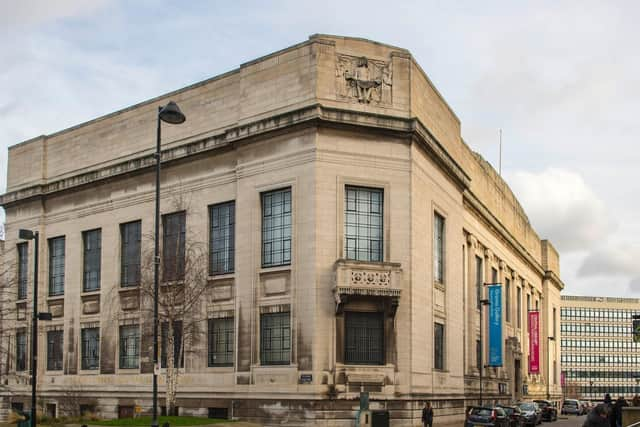

"Support from The Ampersand Foundation will ensure that over the next five years the Graves Gallery will enjoy a new lease of life,” Museums Sheffield said.
Funds will be spent on rehanging a third of the gallery’s collection displays every year, meaning visitors will see a greater amount of art belonging to the city more often.
Galleries will be co-curated with outside partners with the aim of bringing new perspectives to the displays, and from 2022 a series of exhibitions ‘created with, by and for young people’ will go on show in schools and other venues.
Advertisement
Hide AdAdvertisement
Hide Ad“For the gallery, it’s the biggest investment that’s been made in over a decade,” said Kirstie Hamilton, Museums Sheffield’s director of programmes.
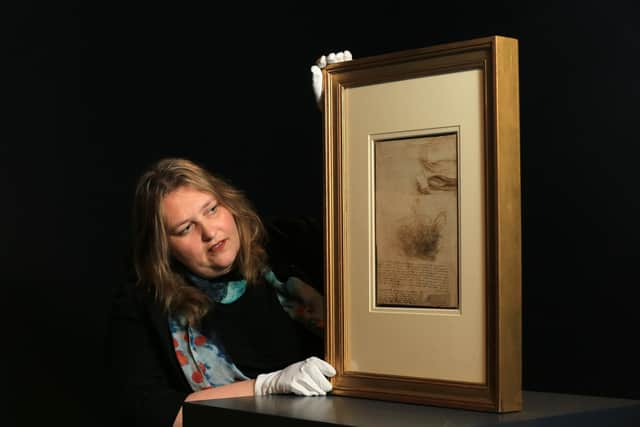

In late 2017 the council outlined its ambition to turn the Central Library building into a 'cultural hub'. The proposal was revealed when the council admitted the premises would not be converted into a five-star hotel – an idea that was part of a failed £1 billion agreement with Chinese investor Sichuan Guodong Group.
Kirstie said the new refurbishment scheme was envisaged during the first national lockdown as ‘a bridge between the Graves of now, and that ambition for the Graves of the future’.
“That's where our bid to The Ampersand Foundation came in – imagining what it would be that could keep the Graves looking its best and showing more of the collection, rather than continue as it had been, where we’d been waiting for a bigger change. The world is different now, we can’t not acknowledge that, so we’ve got to think differently.”
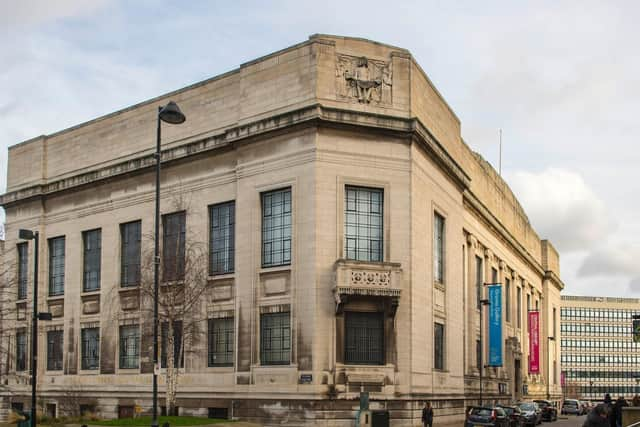

Advertisement
Hide AdAdvertisement
Hide AdBut she emphasised: “What we don’t want to do is lose the ambition for the building. We need to acknowledge that some of the remedial work is short-term fixes rather than long-term investment.”
Sheffield’s visual art collection contains 6,000 items. Kirstie said displaying, framing and conserving exhibits was a costly business.
“That’s not just paintings where the paint is flaking, but actually works on paper where there’s damage or ink that needs looking at – it might be that they’re not on the right acid-free mount. In years to come quite a sizeable chunk of cash will be spent on just ensuring the collection can be displayed into future years.”
She said ‘50 per cent’ of the gallery space at the Graves venue will look ‘totally different’.
Advertisement
Hide AdAdvertisement
Hide Ad“We can’t change every gallery in the timescale we’ve got, but that’s quite a significant improvement. The biggest bit of work of the re-cladding, that’s a big task to happen on the top floor of the Central Library building. Logistically it’s quite an endeavour.”
Kirstie said: “We’re hugely grateful to The Ampersand Foundation for this incredibly generous funding. The Graves Gallery is one of the jewels in the city’s cultural crown and we have ambitious long-term plans for it, but those plans have inevitably been delayed by the pandemic. As we work towards imagining the gallery’s future, this support will ensure we’re able to provide amazing cultural experiences, show and celebrate more of the collection and develop truly meaningful partnerships with artists, schools and communities.”
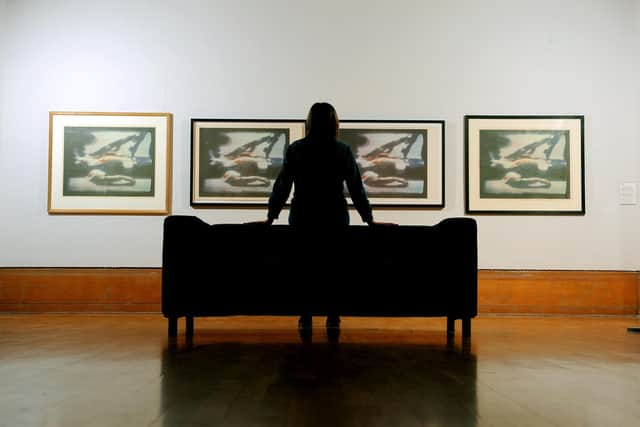

Jack Kirkland, chair of the foundation that gives exclusively to the visual arts, said: “We are delighted to partner with Museums Sheffield in making this grant – our largest to date – to improve the Graves Gallery and make sure this fantastic asset is enjoyed by more Sheffield residents and visitors.
“Speaking personally, I am particularly pleased that we are able to do something in Sheffield, my late mother’s hometown, and a place that is very close to my heart."